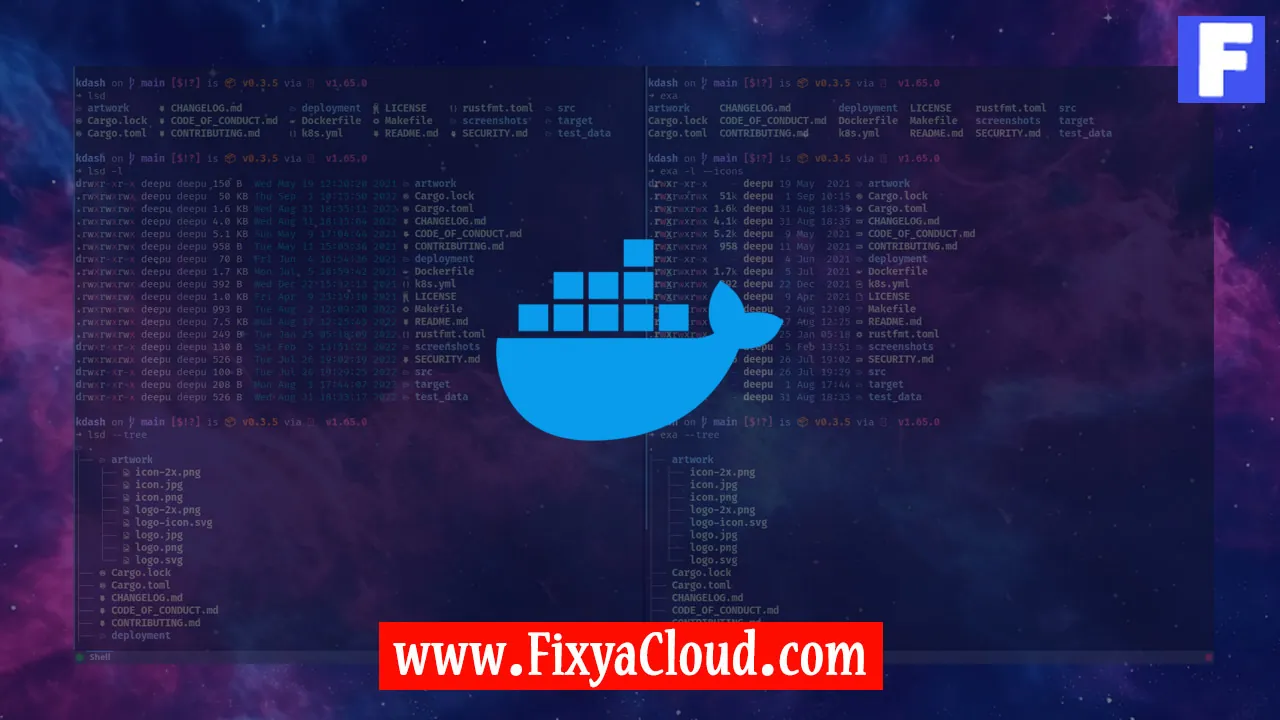How to Enable Docker Container Monitoring in Datadog

In the ever-evolving landscape of containerized applications, effective monitoring is crucial for ensuring optimal performance, identifying potential issues, and maintaining overall system health. Docker, one of the leading containerization platforms, has gained immense popularity, and so has the need for robust monitoring solutions. Datadog, a comprehensive monitoring and analytics platform, seamlessly integrates with Docker to provide real-time insights into containerized environments. In this guide, we will explore step-by-step instructions on how to enable Docker container monitoring in Datadog.
Prerequisites:
Before diving into the monitoring setup, ensure you have the following prerequisites in place:
Datadog Account: Sign up for a Datadog account if you don't have one. You can do this by visiting Datadog's official website.
Docker Installation: Make sure Docker is installed on your system. You can download Docker from Docker's official website.
Step 1: Install the Datadog Agent
The Datadog Agent is a lightweight software that collects and sends metrics, traces, and logs to Datadog. To install the agent, run the following command in your terminal:
DD_API_KEY=<YOUR_API_KEY> bash -c "$(curl -L https://s3.amazonaws.com/dd-agent/scripts/install_script.sh)"
Replace <YOUR_API_KEY> with your Datadog API key.
Step 2: Configure Docker Integration
Datadog offers an official Docker integration to collect and monitor metrics from Docker containers. To configure the Docker integration, create a Docker user and add it to the 'docker' group:
sudo usermod -aG docker $USER
Then, restart the Docker service:
sudo service docker restart
Step 3: Enable Docker Monitoring
Navigate to the Datadog dashboard, go to the "Integrations" page, and select the "Docker" integration. Enable Docker monitoring by providing the necessary configurations and confirming the setup.
Step 4: Verify Monitoring
To ensure that Docker container monitoring is working correctly, run a sample Docker container and monitor its metrics on the Datadog dashboard. Use the following command to run an Nginx container as an example:
docker run -d -p 80:80 --name nginx-container nginx
Check the Datadog dashboard for real-time metrics related to the newly launched Nginx container.
Step 5: Explore Additional Datadog Features
Datadog offers a plethora of features beyond basic monitoring. Explore features like anomaly detection, alerting, and custom dashboards to tailor the monitoring experience to your specific needs.
Enabling Docker container monitoring in Datadog provides a comprehensive solution for gaining insights into your containerized applications. By following these steps, you've set up a robust monitoring infrastructure that allows you to proactively manage and optimize your Dockerized environments.
Related Searches and Questions asked:
That's it for this topic, Hope this article is useful. Thanks for Visiting us.
